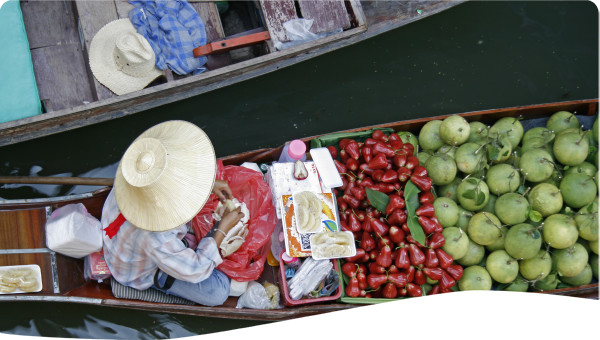Chapter 8 from Uncharted Waters: The New Economics of Water Scarcity and Variability
This report was commissioned by the World Bank’s Global Water Practice to provide: (1) an overview of water misallocation whereby water use (including in situ use) at a particular place and time is not allocative inefficient or inter-temporally inefficient or inequitable, as determined by the locally established norms of distributive justice; (2) barriers to water reallocation whereby there is a reassignment of physical volumes of water or changes in water quality or in terms of the timing and location of water delivery to achieve specific goals and/or particular outcomes; and (3) policy responses to improve water allocation.
Section One defines the key concepts in water misallocation and presents a benchmark of a Just, Allocative and Dynamically Efficient (JADE) water allocation to which existing water allocations can be compared. It is argued that: (1) Improved water allocation needs to be designed for specific circumstances and, in general, a ‘one size fits all solution’ to water misallocation is inappropriate; (2) Responses to water misallocation are not always smooth and may proceed in fits and starts; (3) Multiple responses rather than a singular response are possible to achieve an improved water allocation.
In Section Two, the principal forms of water misallocation are documented covering: transboundary use; rural versus rural; rural versus the environment; rural versus urban; urban versus urban; and inter-basin transfers.
Section Three provides a typology of barriers to water reallocation and highlights key constraints in terms of: (1) Socio-cultural factors (such as lack of shared norms, group size, and legacy issues); (2) Hydrological and infrastructure constraints (such as inadequate information and supply constraints) and (3) Political economy of water use (such as vested interests, poorly defined property rights, third party effects, high transactions and transition costs, institutional fragmentation and inadequate inter-governmental coordination).
Section Four outlines possible policy responses to improve water allocation that include: (1) Hard responses that, typically, involve infrastructure and supply augmentation; (2) Soft responses that encompass integrative pathways that explicitly evaluate risks, stakeholder values and build on policy learnings from different sectors. This section also argues that water misallocation is often a complex problem where the ‘solution’ cannot be known in advance and requires an adaptive closed-loop control to improve water allocation.
Section Five encompasses a Three-Step Approach to Improve Water Allocation that includes: (1) Scoping or a diagnosis of the type of water misallocation and the barriers to reallocation; (2) Risk assessment and a prioritization of options and sequencing of actions; and (3) Evaluation and adaptation that implements responses and measures outcomes. Two illustrations (a rapidly growing megacity in an upper middle income country and a rural district in a lower middle income country) are provided to show how the Three-Step Process could work and contribute to improved water allocations.

 Resource
Resource
